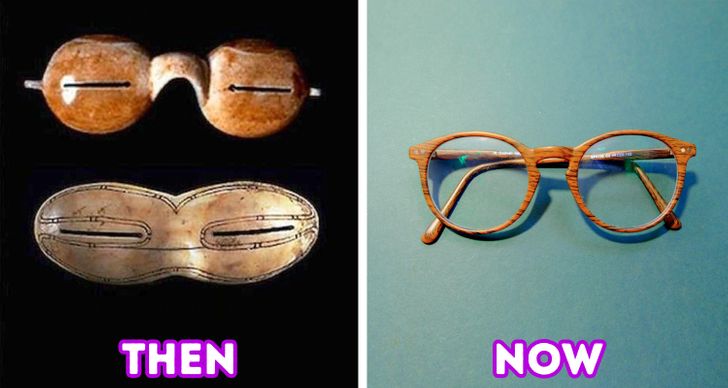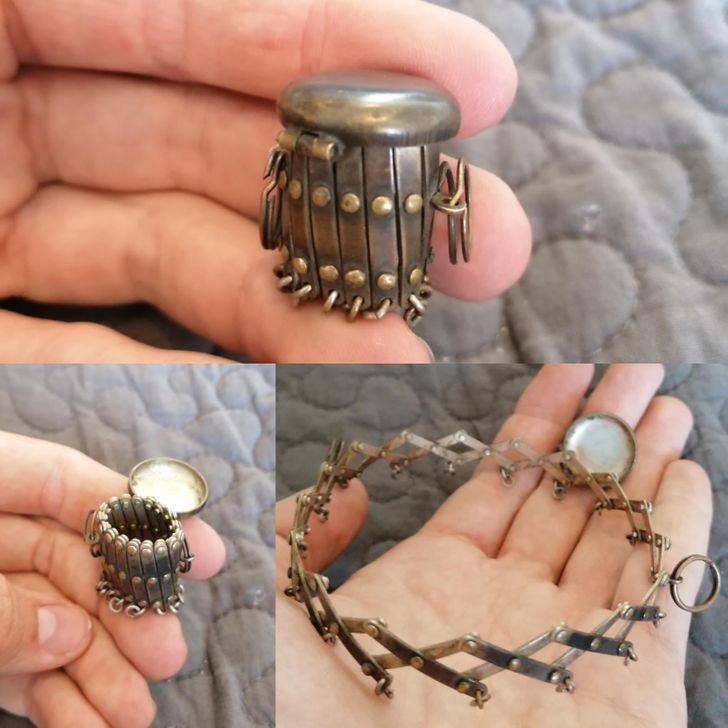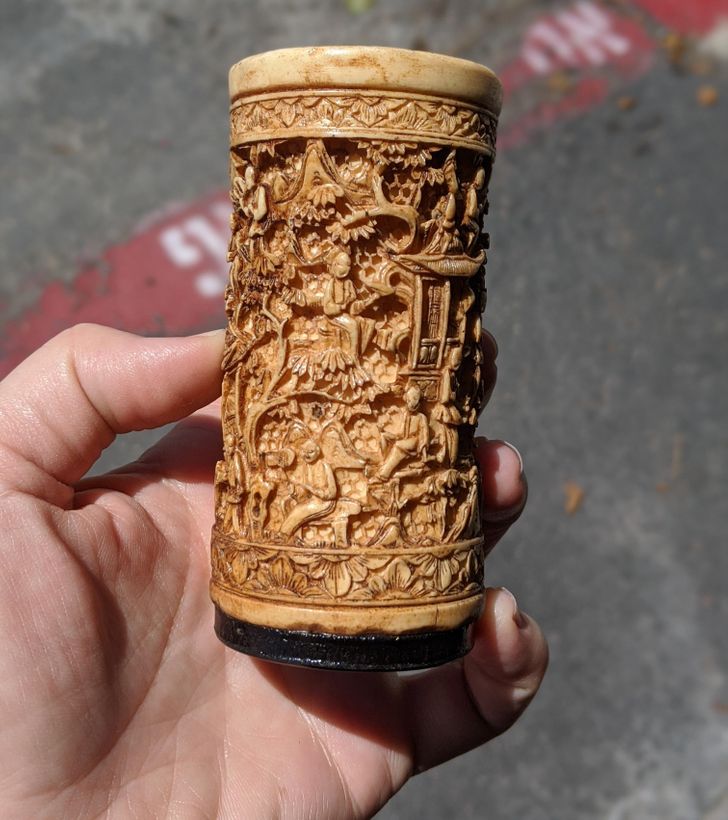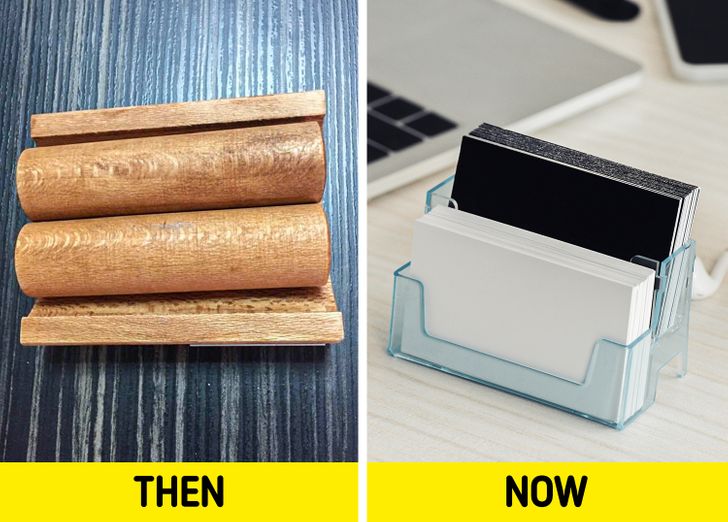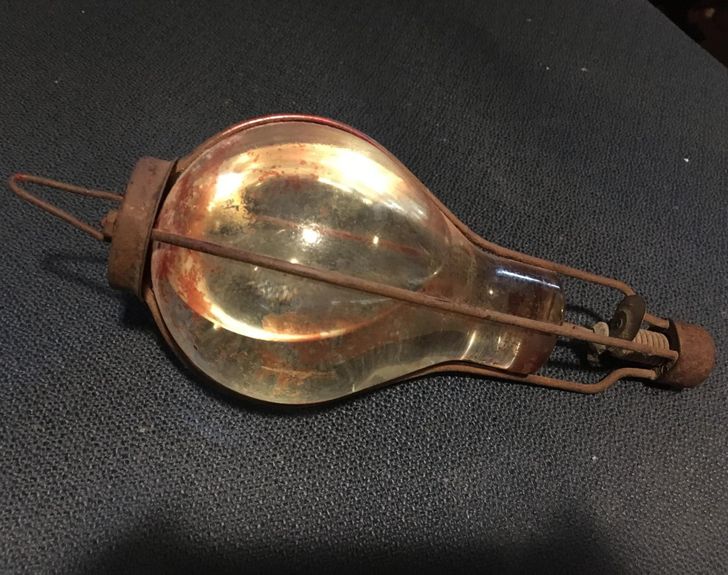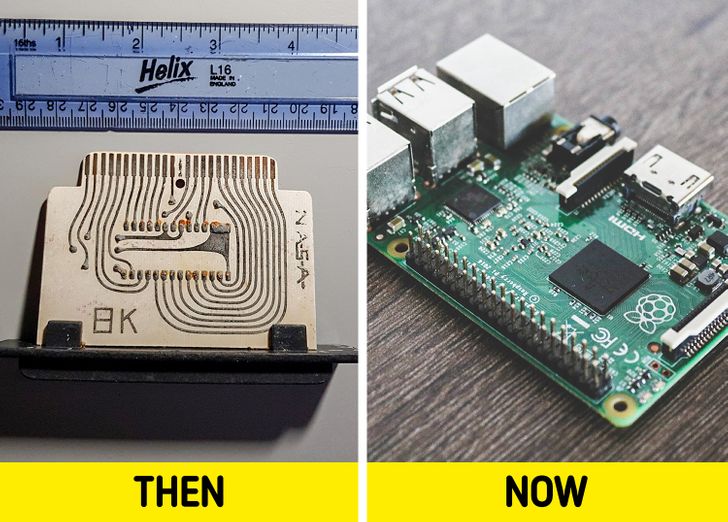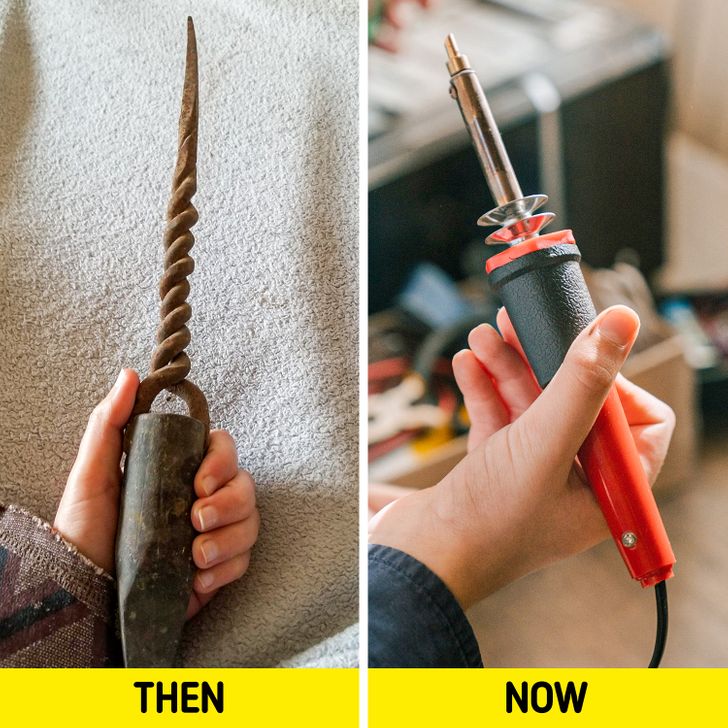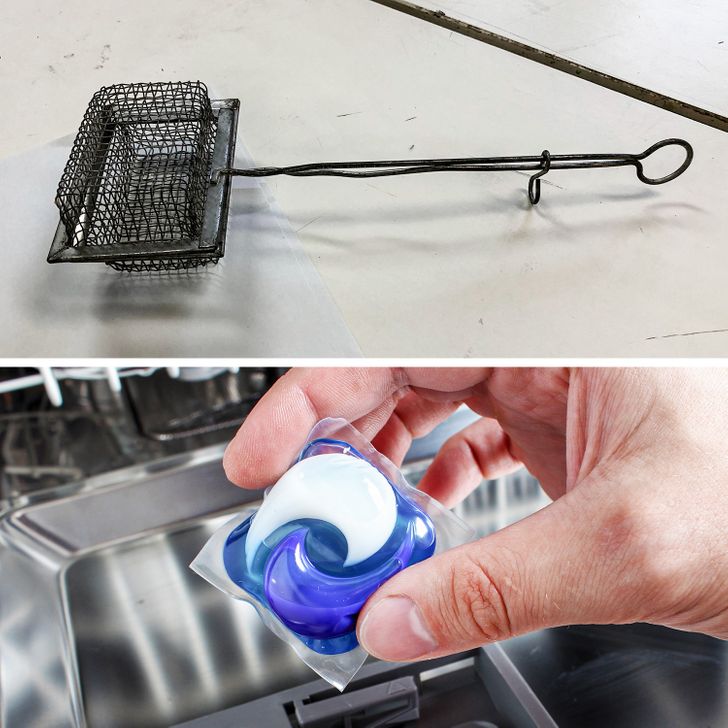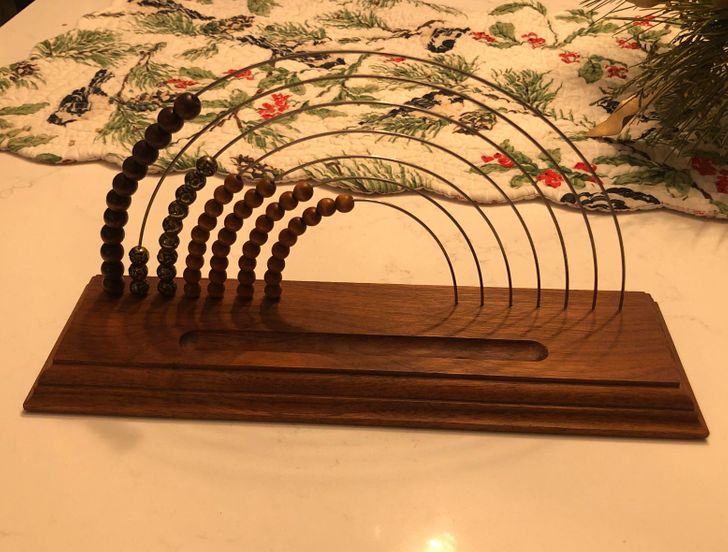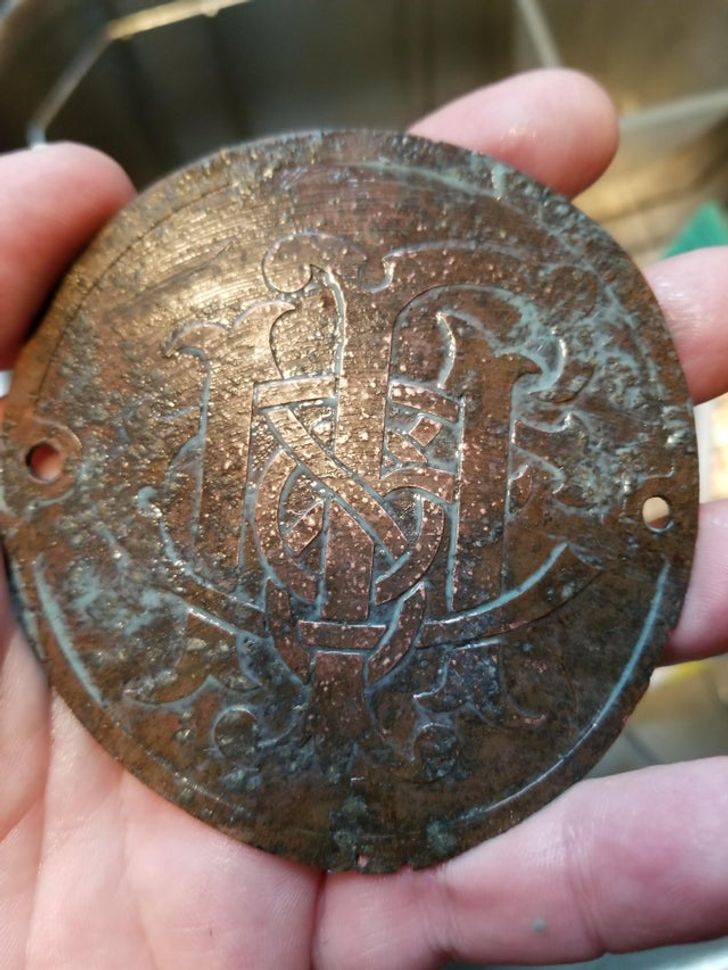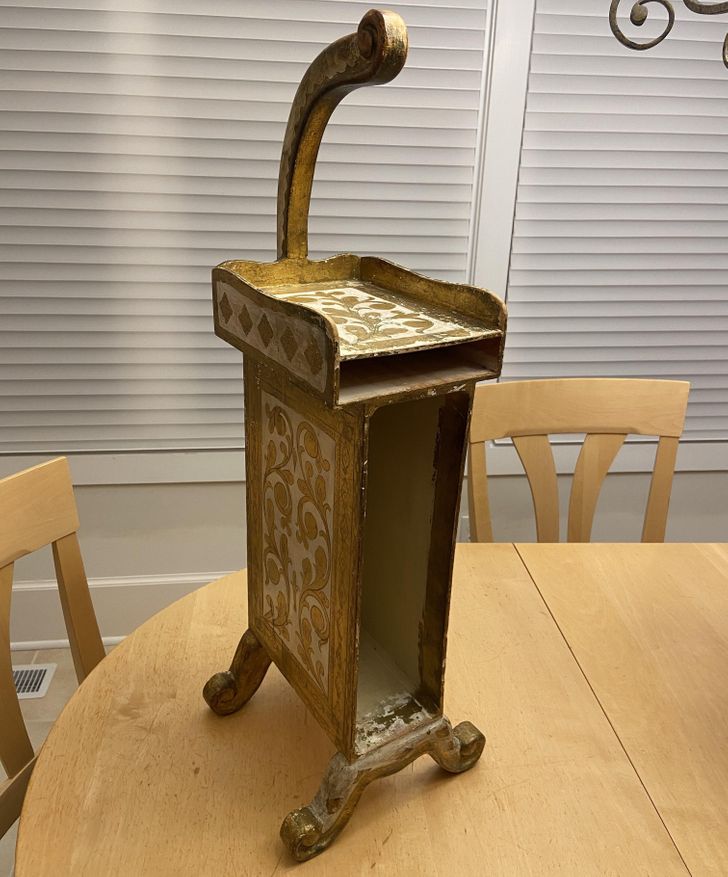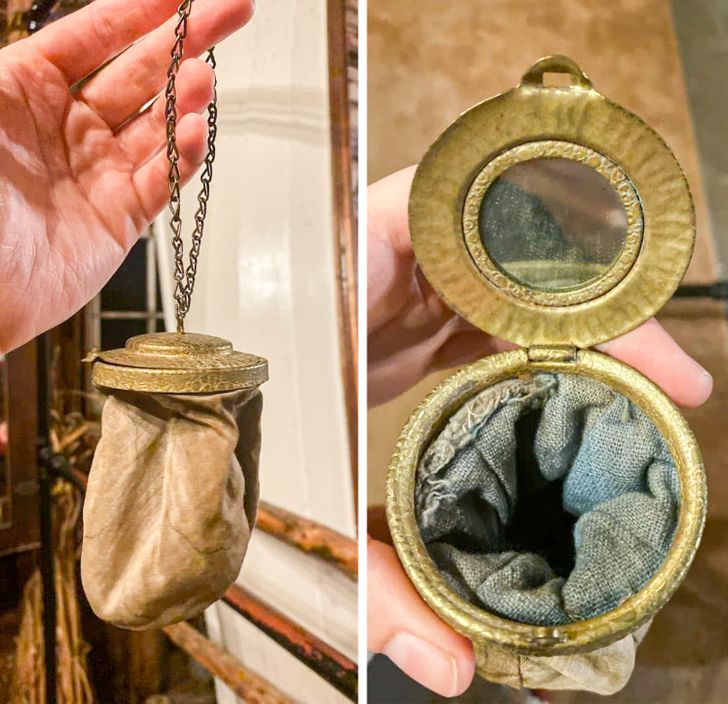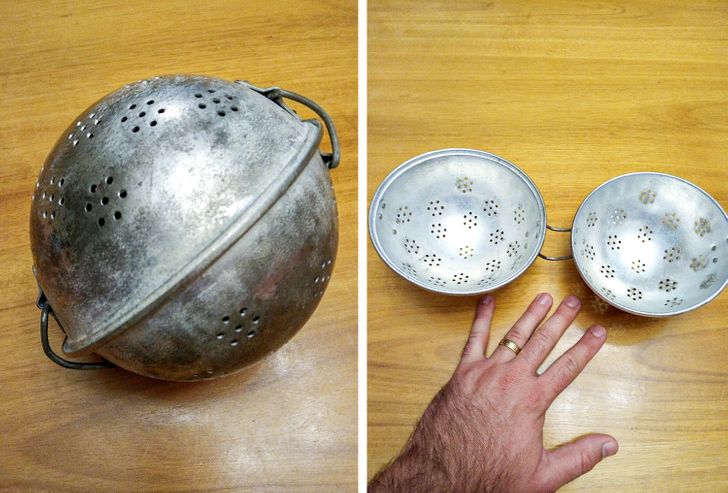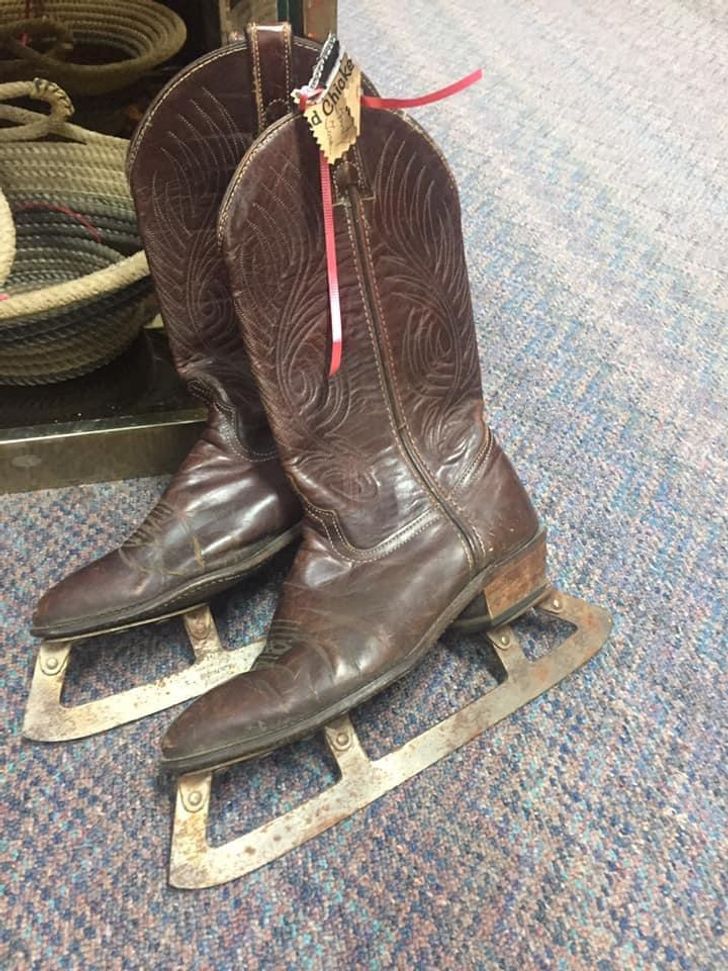Great twist on the (also very fascinating) “Does anyone know what these antique items are” article. This give a nice description of items many of us truly have not seen before. Oh to sit and talk with someone that has grown up using these items from their beginning! So many changes from handcrafted and manual to well, machine made/automation. I for one highly appreciate the skillful, imaginative, people that engineered tools of all shapes and sizes. I also am fascinated by advancements, analyzing if something newer is better or vice versa. I encourage all of you to have a conversation about technology and maybe even the age old “if it ain’t broke don’t fix it” concept with your parents, aunts and uncles, grandparents, or anyone else you know with wisdom. 😁
15+ Objects That Changed So Much in Time That We Wouldn’t Know How to Use Them Now
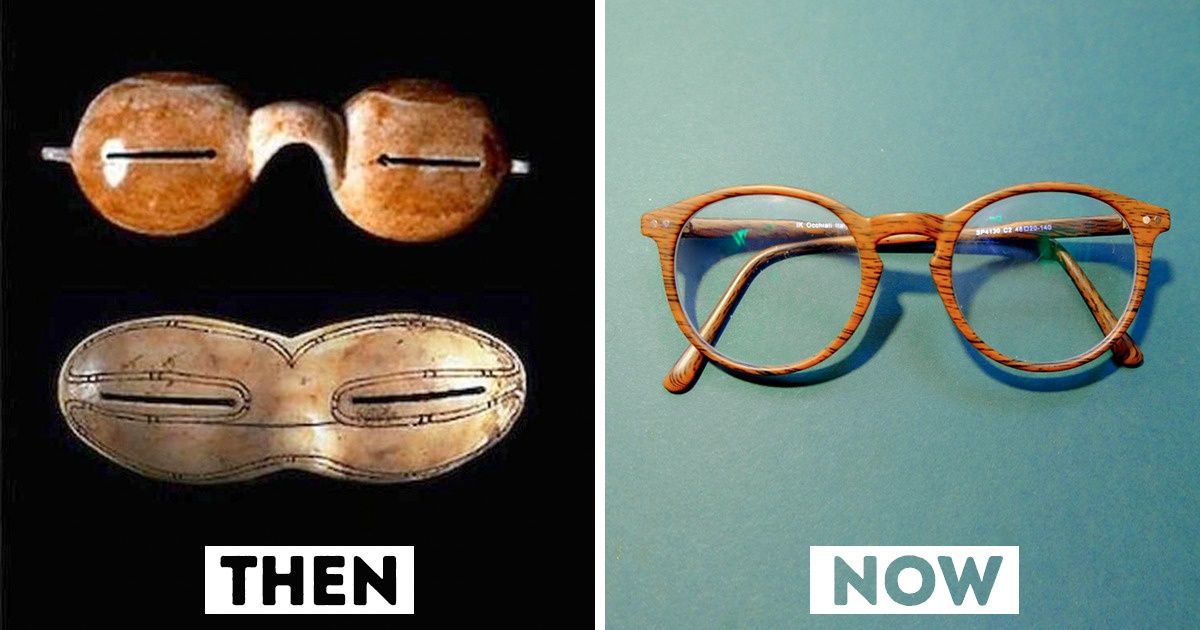
When modern ladies complain about inadequately small pockets, they can find a bit of consolation in the fact that in the past pockets weren’t attached to women’s clothes at all. For example, in the 18th century, the pockets were sewn separately and looked like small purses that were tied to or under the skirt. Many other objects in the past looked quite different from their modern versions as well.
Bright Side gathered a collection of things that we use almost every day, but that changed drastically over the years.
1. Glasses
The most ancient eyewear in the world wasn’t, surprisingly, intended to improve your eyesight. The so-called “snow goggles” were invented by Inuit and the Yupik peoples to protect them from snow blindness. They were made by adding narrow slits for eyes in strips of bone, wood, or other material.
2. Bag closure
It’s not the zipper in a modern sense, but still a fastener for a purse or small handbag. It consists of an expandable frame with loops, stretching when you open your purse and shrinking when you close it.
3. Burr grinder
Try putting a handle to the upper part of a burr grinder in your mind and blades inside — and you will get a perfectly modern mill for coffee or pepper.
4. Business card holders
This is how business card holders and displayers looked before. You would put the piece of paper between those wooden rolls, so they would act as weights to keep it tight in place.
5. Fire extinguisher
This stuff is much less safe than our modern ones. Its glass bulb contains an extinguishing gas, intended to be thrown at the flames in order to put them out. However, the fumes it releases are extremely toxic for people.
6. Computer microchip
Even such modern things as computer parts have changed drastically over time. This is an 8-bit data chip, responsible for the computer’s memory.
7. Soldering iron
The end that the hand is holding is actually the head of the scoldering iron and it’s usually made of copper. The other end would normally have a wood handle. They put out a lot more heat than the modern ones.
8. Projector
This ornate grey box has a glass lens apparatus and electrical wires inside. It’s an old-style projector in which the slide sits in front of the lamp between the brackets. A combination of lenses and a light source are used to enlarge the images on the glass slides and project them onto a wall or screen.
9. Soap saver cage
Small scraps of soap were put in the cage and shook under hot running water when people did dishes by hand. The soap saver was swished through the dishwater to made suds. Great for washing the dishes, hand washing delicates, or even bubble baths.
10. Butter churner
The agitator for an old wooden butter churn helped to turn raw cream into butter. Electricity and machines have made them mostly redundent, but they still are used in remote rural places. They go together with an iron wall and an iron floor stand.
11. Calendar
It’s an ancient Himilayan calendar, which works quite differently. The largest ring with 12 beads is the month, the next two are the days of the month (3, then up to 9), and the last four are the year in four digits.
12. Ham holder
It is a roast or ham holder that mounts to a cutting board. The cutting board itself has spikes in it to hold the meat in place from the bottom, while metal spikes hold it from the top.
13. Fire insurance
14. Phone stand
The rotary telephone sat on the flat top surface of a phone stand like this one. The open compartment on the bottom is for phone books and at the top is a handle for moving it around, in case you wanted a long conversation with someone so you could carry it over to your favorite armchair.
15. Lady’s reticule
The mirror, and style of the metal top with a fabric bag attached, would suggest that it’s a reticule — a tiny handbag on a chain popular in the 19th-early 20th century. It clasps closed at the rim of the bag and has a tiny mirror encrusted onto it because the bag itself was too small to carry a mirror inside.
16. A spice sieve
This oversize tea infuser is actually a spice ball. Put the spices and herbs in and place them in the pot to cook without leaving debris. It also could be used for making soup stock, mulling drinks, or steaming small portions of rice and vegetables.
Bonus: Cowboy ice skates
This one isn’t hard to figure out how to use, but seeing cowboy ice skates is nice nonetheless.
What do you have at home that you won’t easily find in a store nowadays?
Comments
Guys how can I submit pictures for bright side ? there is nothing about it anywhere
thanks yeah I knew that but I mean if I want my picture to be published in the article?
oh what a cool grinder thing, they can actually make something similar too for the modern times. It would be a nice thing as a present
We still use that butter churner here in India🤓😂😂
Related Reads
My Stepdaughter Stole My Food to Feed Her Kids, I Don’t Want Her in My House Anymore

I Refused to Chip In for My Coworker Who Makes $40K More, Now HR Is Involved

I Reported My Coworker’s Noisy Kids at Work, Then Everything Blew Up

My Mom Ignored Me for Years, Then Suddenly Begged Me for Help

11 Times People Showed That Real Courage Isn’t Loud—It’s Kind

I Left My Estate to My Adopted Son, and Now My Biological Kids Are Pleading for a Share

I Refused to Bring Kids on My Solo Vacation, and Now My Family Is Furious

10 Stories That Prove Kindness Is More Powerful Than People Think
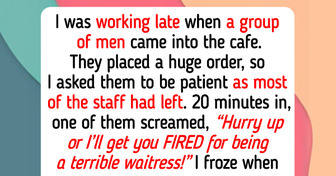
My Coworker Reports Everyone to HR to Get Bonuses—So I Turned the Tables

My Grandpa Left His Inheritance to Me, and It Sparked a Huge Conflict in My Family

14 Moments Kindness Won Even When Life Was Cruel

15 Stories That Prove a Small Spark of Kindness Can Light Up a Fading Soul

